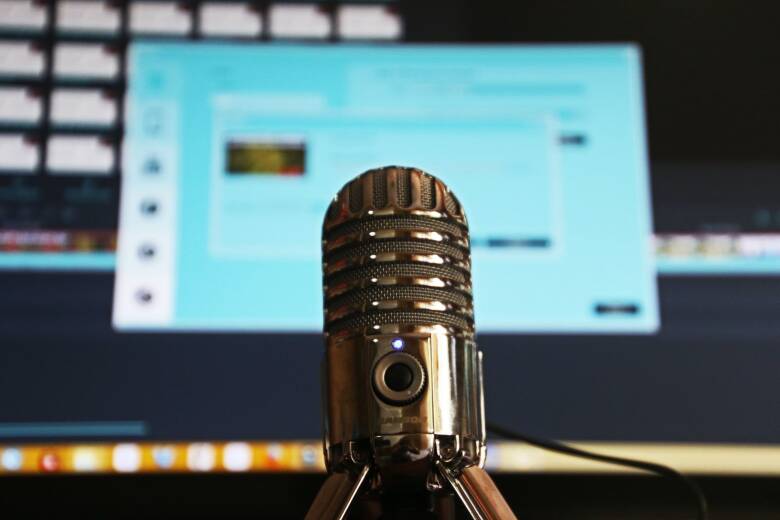Attending AACC 2018? Connect with Todd Winey or meet with InterSystems.
Once a concept takes hold, it’s often hard to break from that line of thinking. Such was the case at the HIMSS Healthcare IT News Big Data and Analytics Forum in Boston last month and the idea of the “killer app.” The concept has become common wisdom, and even if incorrect, it shapes our view of reality and, unfortunately, can obscure reality as much as it makes sense of it.
But still, will there be some other kind of “killer app” that will drive precision medicine forward? That question’s really missing the point. Even the idea of a “killer app” misses the forest for the trees.
In short, apps will come and go, but data will persist and grow.
If we agree that the goal of precision medicine involves bringing together all types of data to create a true composite view of the patient – and we do (see NIH Precision Medicine Initiative and a previous post of the topic[i]) – then it naturally flows that the traditional Electronic Healthcare Record (EHR) by itself, will not be the composite health record (CHR) that precision medicine requires. The CHR to power precision medicine must be source neutral, vendor neutral, and all embracing.
Facebook is a data store that provides many different “app” views into a massive amount of data depending upon the users and needs. The same is true of the Apple or Google ecosystems. My phone is not a collection of apps, but rather a collection of data that apps provide differing views and access to. Data is the primary asset of the Internet age, and successful Internet companies like Google and Facebook already recognize this fact. In many ways, their business models are based on the notion that the more information you share with them, the more profitable they will become.[ii] The future of healthcare and precision medicine will also need to accept the realization that healthcare data is the asset, not the app, and provide a unified healthcare data store with many different apps to access it.
Just as we have seen in the larger app ecosystems, many healthcare apps are useless[iii], used for a day and thrown away, even for focused populations[iv]. But a small handful of applications will provide useful views into our data and ways to interact with it. Those apps we’ll keep and use but there will be no true single or set of “killer apps.”
At InterSystems, we work with many startup organizations and counsel them to focus on a data strategy, rather than an app strategy. It can, at times, be a hard sell. It is human nature to become enamored of our creations, and because we are visual animals, focusing on the shiny buttons and cool graphics is what we’re wired to do. But in focusing on the app, and not the data, we miss the fundamental element of real innovation in healthcare.
Innovation is happening, and continues to happen, at the intersection of traditionally siloed data sets. Public health created a revolution over 150 years ago through the intersection of environmental and clinical data to understand the causes and spread of common diseases. Today’s innovations are driven by the aggregation and intersection of clinical, genomic, claim, image, device, and sensor and socio-economic information to create a true unified view of the patient.
So when people ask me what I think the real killer app will be for healthcare, the response is simple: it’s the data.
Read more about our patient-centered research and market strategies in life sciences here.






































